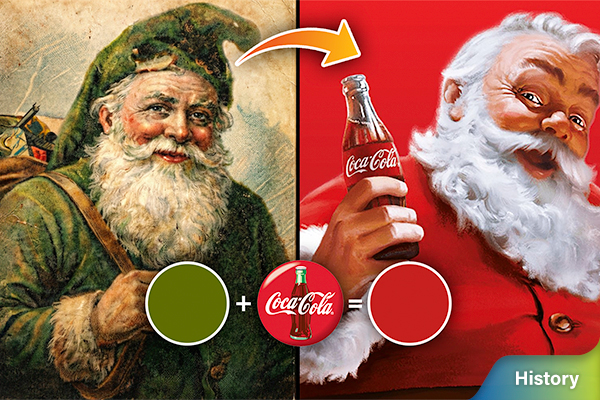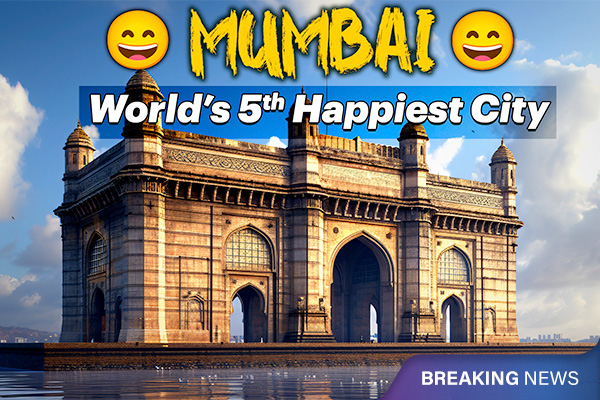The Historic Importance of Ganesh Chaturthi
On the auspicious occasion of Ganesh Chaturthi, learn about its historical significance and the evolution of the festival through the years.
Ganesh Chaturthi is a ten-day-long Hindu festival which is celebrated for Ganesha’s birthday. He is the younger son of Lord Shiva and Goddess Parvati, Ganesha is known by 108 different names and is the God of arts and sciences and knowledge. Hindus believe that Ganpati helps to overcome all the problems in a person’s life. This is why all rituals and ceremonies start with the puja of Ganpati. One day when Lord Shiva had gone hunting, Goddess Parvati went to take a bath. She then created Ganesha out of dirt off her body while having a bath and set him to guard her door while she finishes her bath. When Shiva returned at that time, Ganesha who didn't know him, stopped him from entering. Shiva got very angry and cut Ganesha's head. Parvati was very angry and Shiva then promised that Ganesha would live. Shiva then found the head of an elephant and attached it to Ganesha’s head.
Ganesha is the most loved of all gods and has been worshipped throughout history. No one knows when the festival started. Chhatrapati Shivaji was the first to make Ganesh Chaturthi a public and social event. By the start of the British rule, it became a private event and people celebrated it at home. However the situation in India was changing. India was suffering under the British rule. The British had banned people from gathering in groups as well. There was also a big inequality between Brahmins and Non-Brahmins at that time. Then in 1892, freedom fighter Bal Gangadhar Tilak started celebrating Ganesh Chaturthi to make it a social festival and encourage unity and love for the country among the people.
During the British rule, the festival brought the entire country together. Till now the festival is celebrated in India with the same spirit. Maharashtra is the state known for grand scale Ganesh Chaturthi celebrations. Each locality invites Lord Invites in their Pandal and celebrate him for ten days. Days before homes are cleaned and temporary shrines are setup where Ganesha is placed. People use their creativity and make beautiful statues of Lord Ganesha. Some of the statues are upto 20-30 feet high. There are beautiful lighting, decoration, mirrors, and flowers.
This is a very big social gathering. People organise events such as dance competitions, singing, aarti competitions so that people come together and remain united. Ganesha’s favorite sweet Modak is prepared in large quantities. When Ganesha is placed at a person’s home, there is love, laughter and joy.
Some people keep him for one and a half day, three days, five, seven or ten days. When it is time to say goodbye Ganesha is immersed in water. This is called ganpati visarjan. The tenth day is a very important day.
People sing and dance on the streets. There is a huge crowd of people who enjoy together. In Mumbai alone, more than one lakh idols are immersed annually. During the visarjan people sing and dance and chant “Ganpati Bappa Morya, Pudchya Varshi Lavkar ya” They pray and ask him to come again next year.
Even though this is a very holy festival, throughout the years there have been many environmental impacts. The Ganesha idols are made up of Plaster of Paris which is very dangerous for the environment and causes a lot of water pollution. Along with the Ganesha idol, flowers, decorations made of plastic are also immersed in the water. These remain in the water and danger the lives of the fish as well. Since there is so much awareness regarding the pollution of the environment, people have found different ways to celebrate this festival. For example some people create man made water bodies in their locality and invite people to immerse the idols there. People have stopped using POP to make the idols and are using natural products. This shows that we can celebrate our love for Ganesha without harming the environment.







